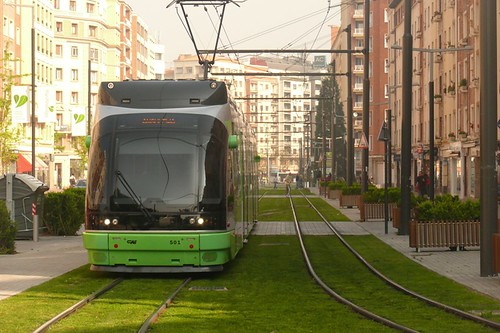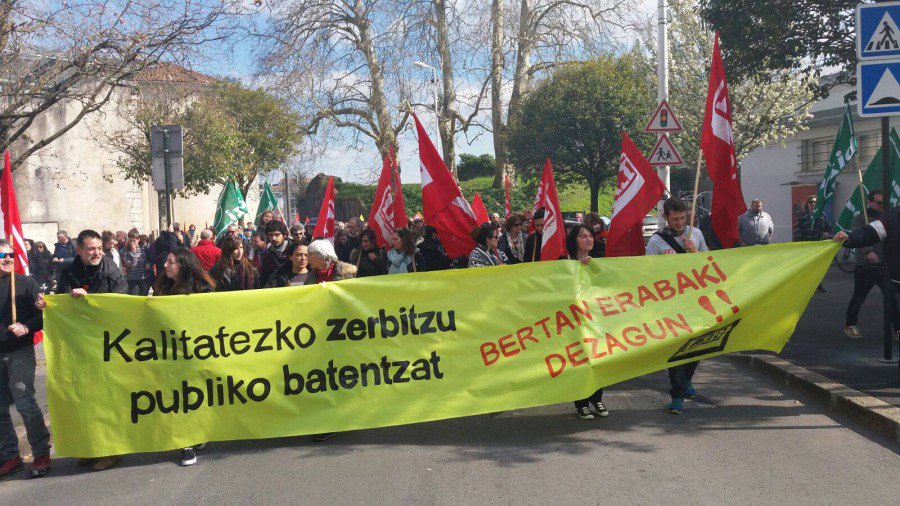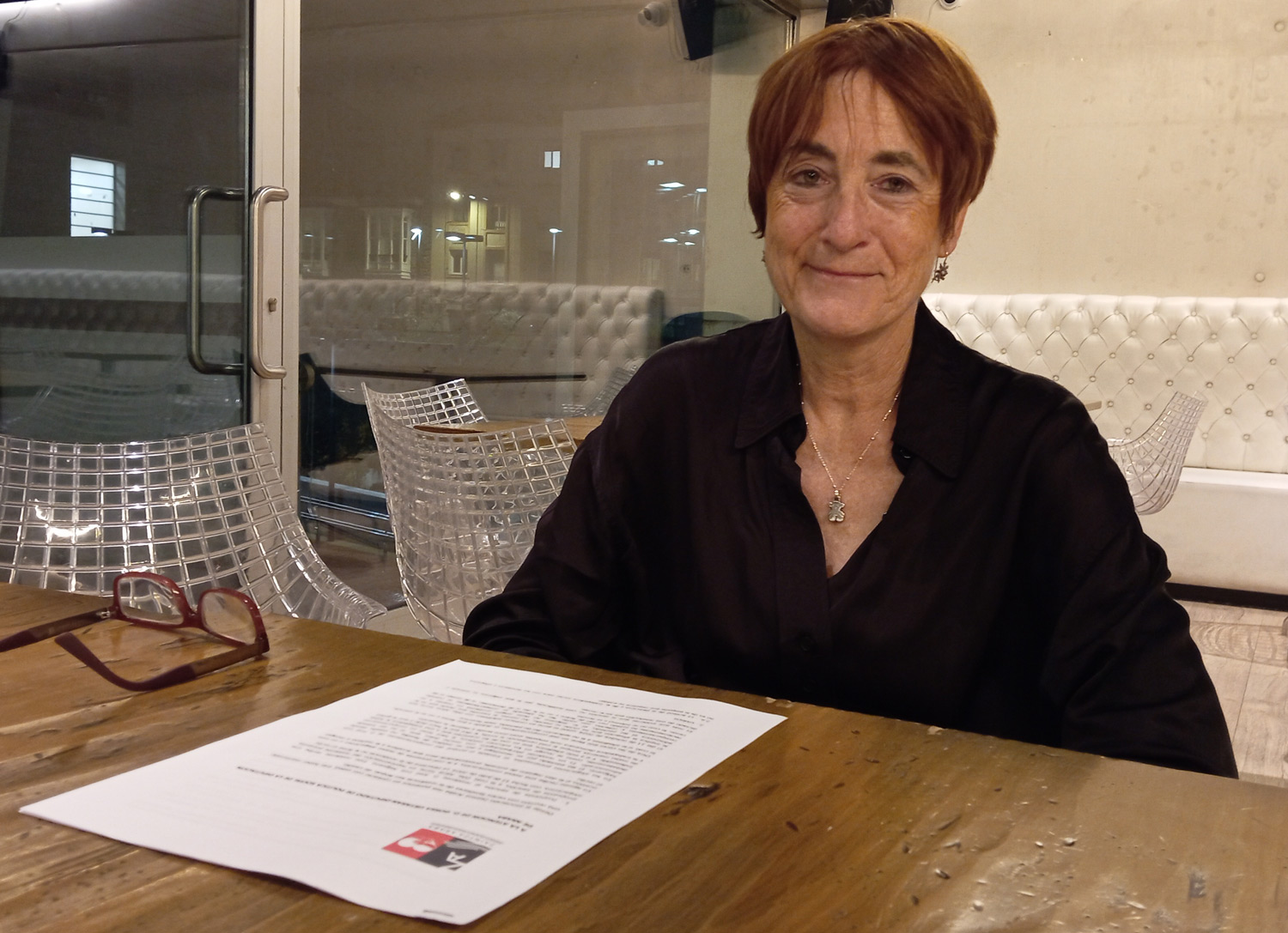Works of the TAV and Renfe: cuts and headaches in the rail service of Gipuzkoa for seven years
- Since the beginning of the tunnel excavation in Gaintxurizketa in 2017, the restrictions and conditions of the works of the TAV to the Renfe railway service have been constant. Now, the Spanish Ministry of Transport has announced that this service will be interrupted for several weeks in summer between Hernani and Irún. The General Boards of Gipuzkoa have requested the establishment of an alternative bus service.

It is not an isolated case, but something that happens wherever the High-Speed Train is built: the conventional train services deteriorate and in some cases even disappear. Over the past seven years, Gipuzkoa has supported the works of the TAV’s “third rail” between Donostia and Irún, although many of them will never use this fast train.
The Gaintxurizketa tunnel began to be built in 2017, which meant the introduction of the monolithic railway between Errenteria and Irún. This has led to significant restrictions on the number and time of commuter trains running. The paralysis of these TAV works for four years has only prolonged the situation over time.
The construction of the Gaintxurizketa tunnel began in 2017 with the implementation of the monolithic railway line between Errenteria and Irún, which has entailed significant restrictions on the number and time of the local trains running
Three weeks without train in August
After the end of the Gaintxurizketa tunnel in March, Adif, a Spanish public company that is executing the works of the TAV in this section, has begun the works of Loyola and has again imposed restrictions, in this case between Hernani and San Sebastián.
Now, on the occasion of the works to be carried out in the Capuchin tunnel, the Spanish Ministry of Transport has announced that for several weeks – in August, in the middle of Aste Nagusia – there will be a total cut of the section between Donostia and Irun, being able to reach Hernani.
These cuts have led to the tiredness and anger of the citizens. Several mayors of EH Bildu from the municipalities concerned called for an improvement in the quality of Renfe services at a press conference last May. As they explained, if the Irun-Brinkola route required an hour and a half in 2016, it now takes two hours and the frequency of commuter trains has been halved.
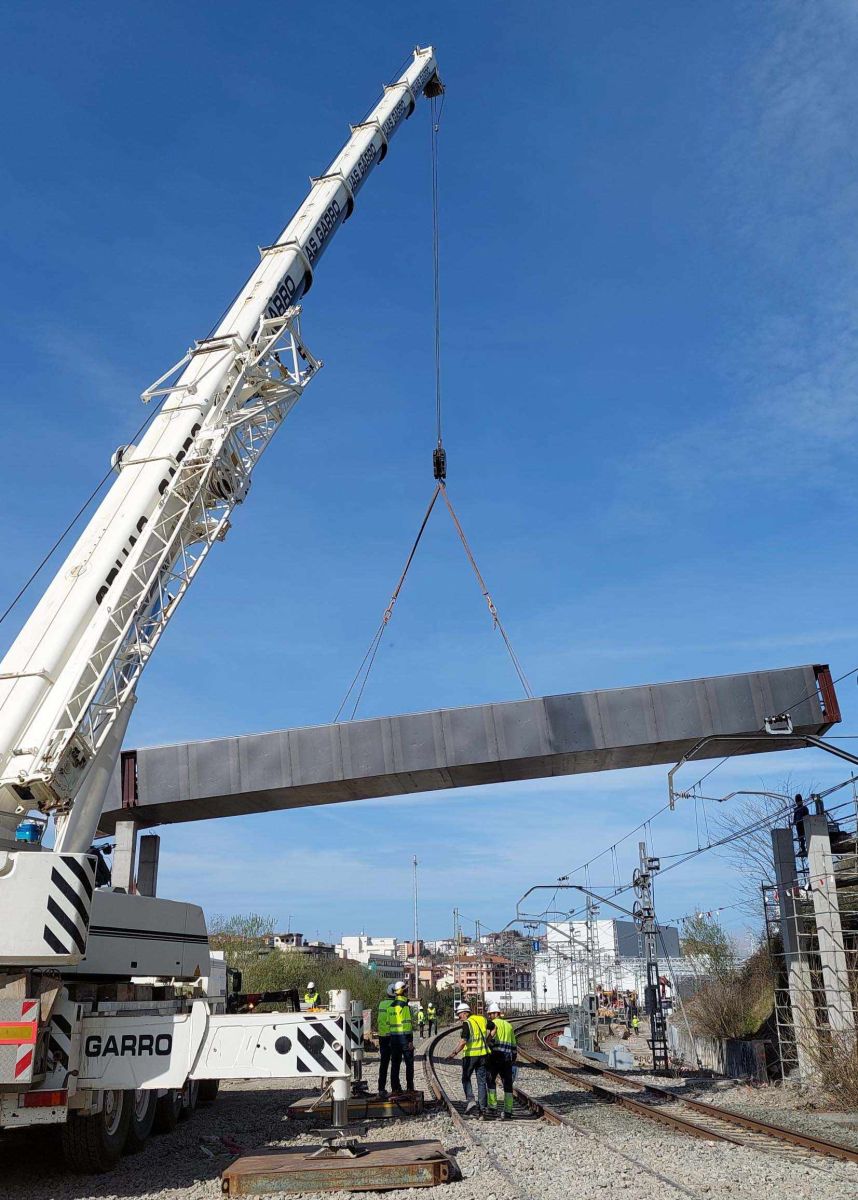
Santano acknowledges "investment deficit"
Delays are not only due to restrictions: “Breakdowns are becoming more frequent every day, so the train service is interrupted without warning or comes very late,” EH Bildu’s representatives explained. But we have not reached this situation overnight, but “in the last two decades very few investments have been made” in the usual rail service.
“Failures are becoming more frequent and, therefore, the railway service is interrupted without warning or comes late for many minutes”
This Wednesday, the Spanish Secretary of Transport and former socialist mayor of Irún, José Antonio Santano, met with several mayors and recognized them the existence of this “investment deficit”, as can be read in El Diario Vasco.
On the initiative of EH Bildu, motions have been tabled in the municipalities and letters have been sent to the Spanish Minister of Transport, Oscar Puente: “I want to convey my concern about the situation experienced by thousands of users,” says Hernani Mayor Xabier Lertxundi, in one of those letters.
The General Assembly requests the bus service
The issue has reached the Spanish Senate and the Basque Parliament, as well as the General Meetings of Gipuzkoa. At this institution, on 5 June, on the initiative of EH Bildu, the resolution was adopted, urging the Ministry of Transport and Mobility to “immediately launch an efficient alternative bus service”. If not, the Provincial Council of Gipuzkoa should assume the implementation of these buses.
“There is mobility poverty, because not everyone has a car”
“Many need Renfe’s commuter service, because they have no other means of public transportation in front of car use in many areas,” said Oscar Bordes of EH Bildu in the debate. In the same vein, Elkarrekin Miren Echeveste de Gipuzkoa spoke: “The truth is that there is, and I want to put this on the table, mobility poverty, because everyone doesn’t have a car.”
According to Mrs. García, from the PSE-EE, these cuts have nothing to do with the works of the TAV, but with “the interconnection of the current network with the European one”. Socialist spokesman accused EH Bildu and Elkarrekin of Gipuzkoa of “complaining.”
The article La motosierra puede ser tentadora, written in recent days by the lawyer Larraitz Ugarte, has played an important role in a wide sector. It puts on the table some common situations within the public administration, including inefficiency, lack of responsibility and... [+]
Lantegia espazioa, Esperantza liburutegia, Arte Ederren Museoko eta Euskal Museoko lanak, Urdaibaiko Guggenheim proiektua... Ugari dira Bilbon eta Bizkaian kulturaren ikuspegi utilitarista eta pribatizazioa agerian uzten dituzten adibideak. Alde Zaharreko haur eta gazteentzako... [+]
Danimarkatik iritsi zaigu berria: 400 urtez estatuak eskainitako zerbitzua etengo du PostNord enpresa publikoak, eta eskutitzak banatzeari utziko dio 2025 urtea amaitzean. Gobernuak adierazi du enpresa publikoak negozioa paketeak banatzera bideratuko duela. Bi arrazoi eman ditu... [+]
Kritika artean abiatu dira Gasteizko Arana klinika zena Nazioarteko Babes Harrera Zentro bilakatzeko obrak. Ez auzokideak, ez errefuxiatuekin lan egiten duten gobernuz kanpoko erakundeak, ez PSEz bestelako alderdi politikoak ez daude ados proiektuarekin: makrozentroen ordez,... [+]
“Posta publikoa eta kalitatezkoa. Eskubideen aldeko Hitzarmen eta Akordio baten alde” aldarrikapenarekin, LAB, ESK eta ELA sindikatuek lan-baldintzak eta posta-zerbitzu publikoaren kalitatea defendatzeko mobilizazioa egin zuten atzo, hilak 12, Bilboko Eliptika Plazan.
Bilboko Udalak zerbitzu publikoak pribatizatzen jarraitzen duela salatu du Bilboko Liburuzainen kolektiboak, besteak beste, kulturari loturiko zerbitzuak. Horren harira, mahai-ingurua antolatu dute martxoaren 3an Bidebarrieta liburutegian, Kulturaren pribatizazioa izenburupean.










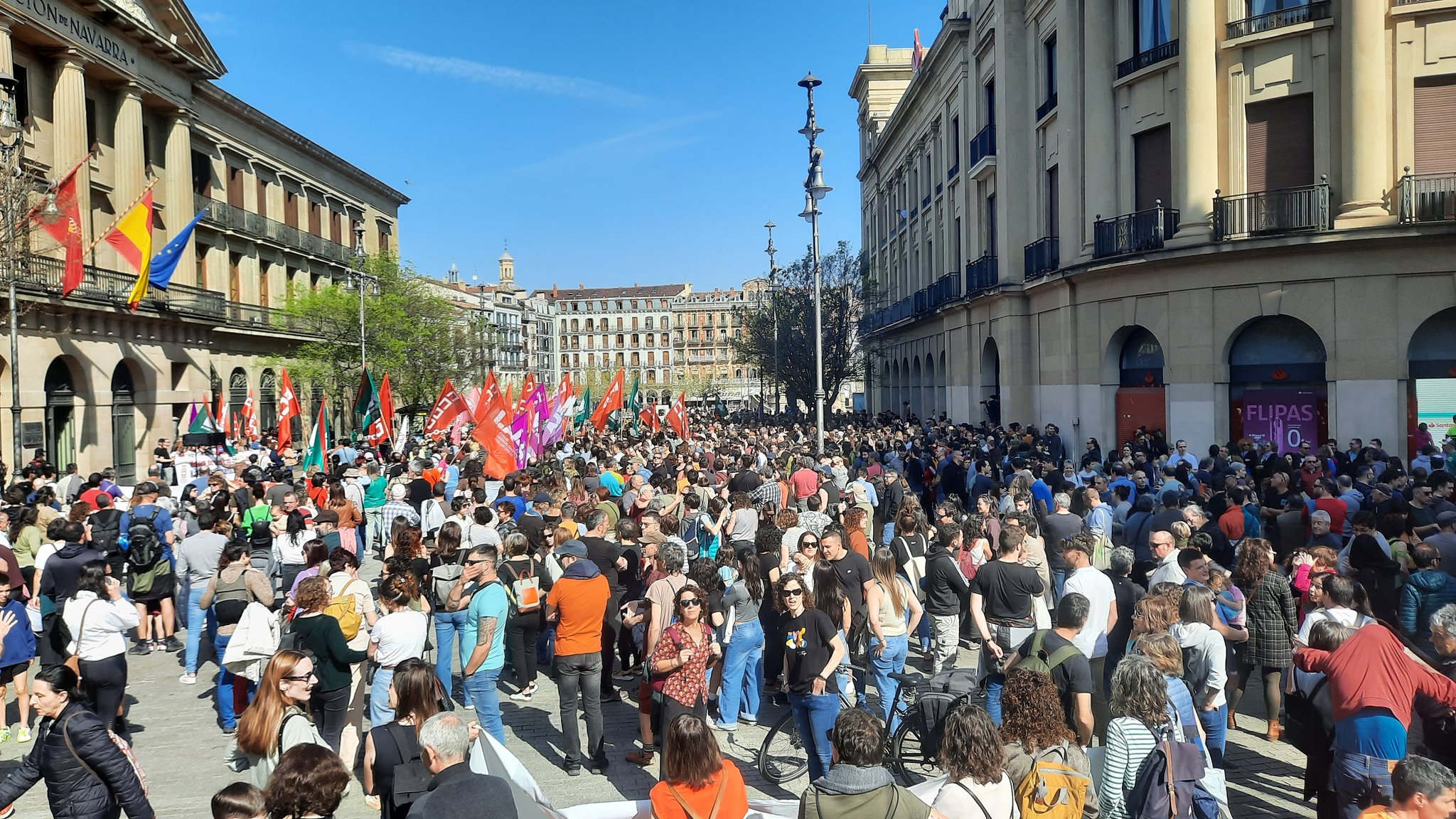
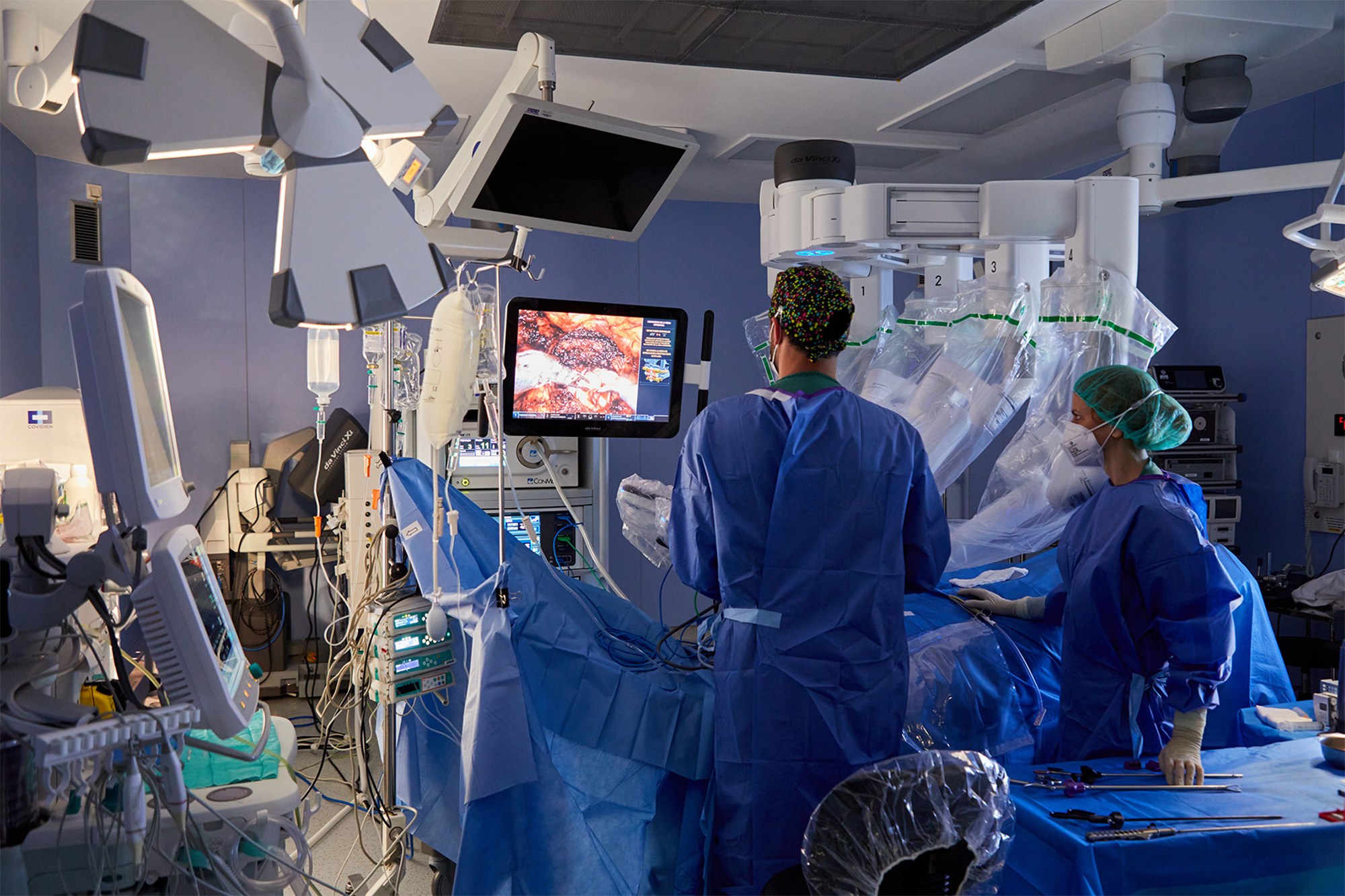
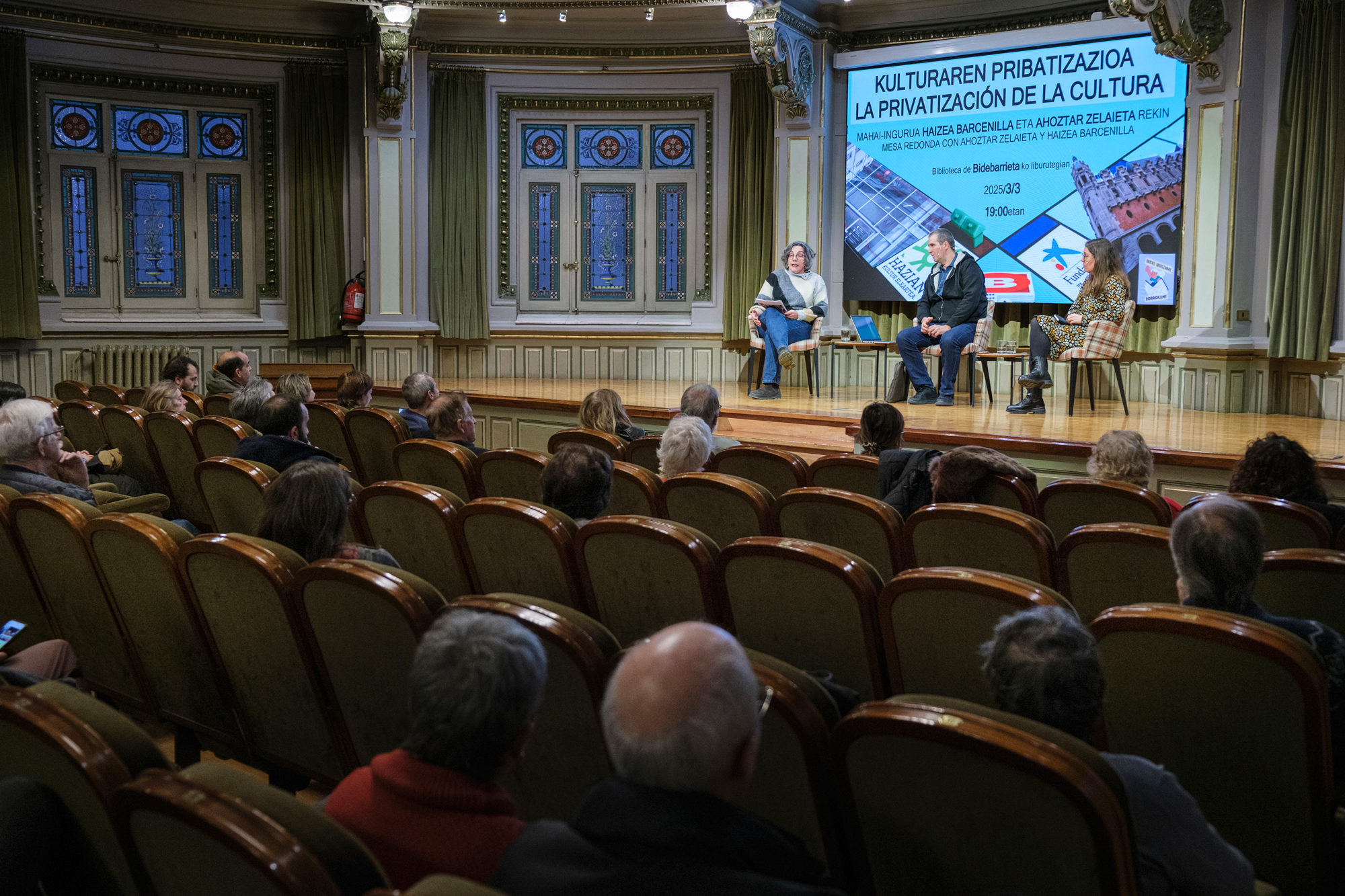



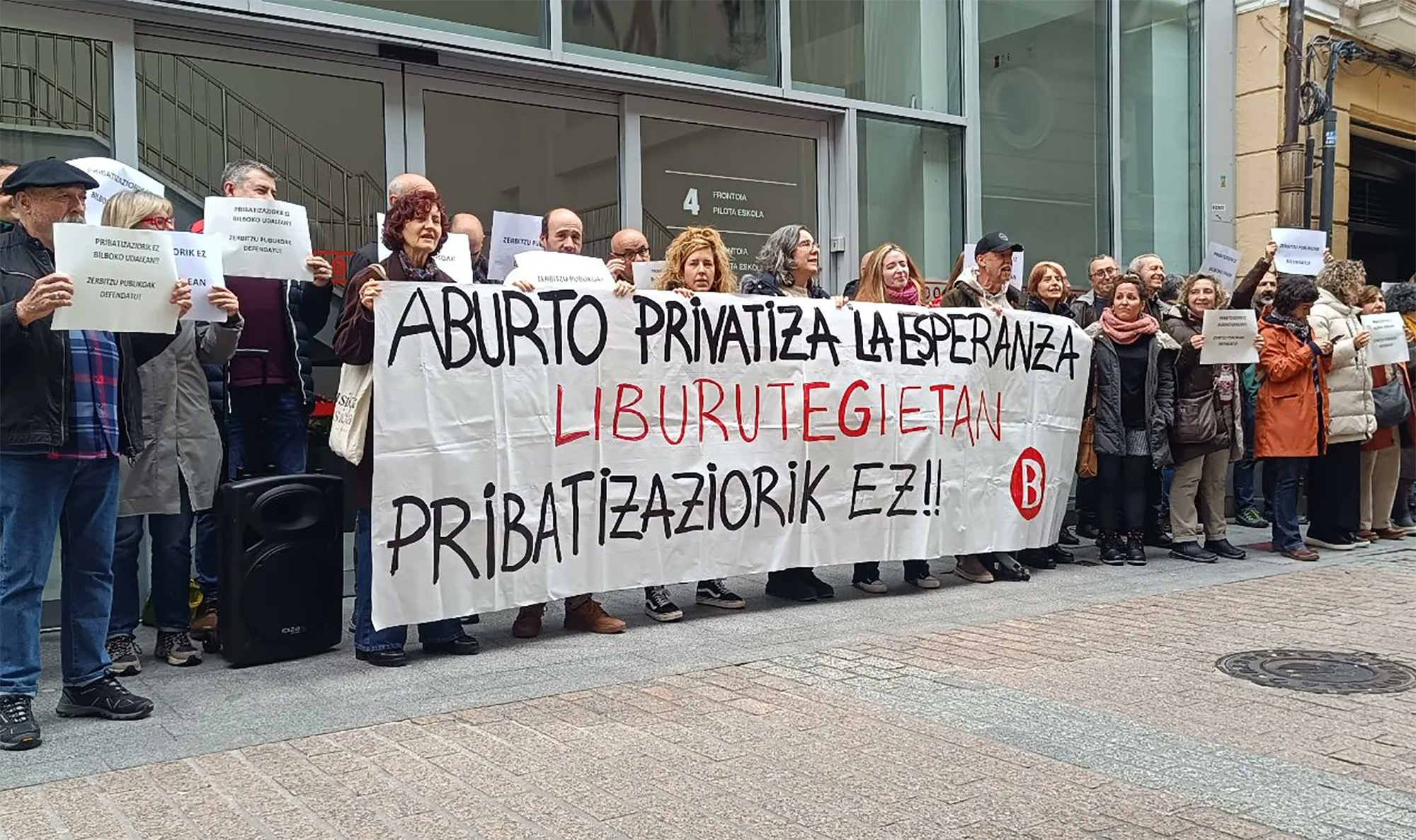
.jpeg)
